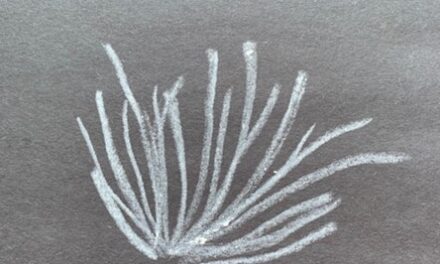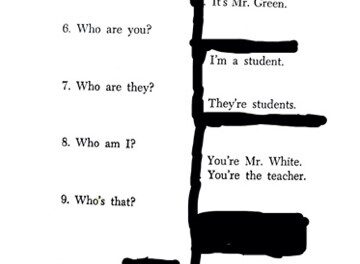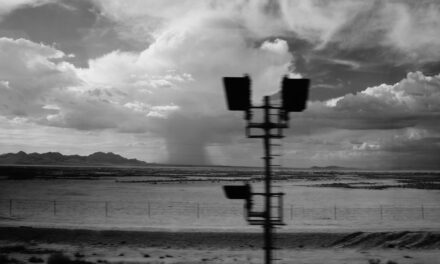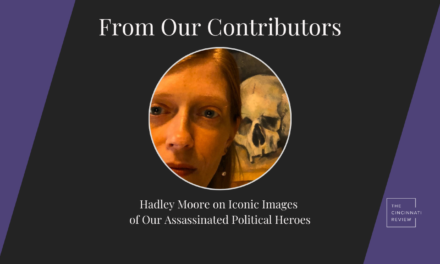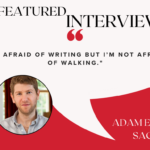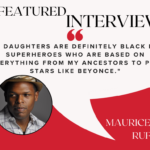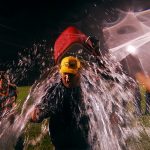 We’re in the home stretch for production of Issue 8.2, due out in January, and our excitement is growing. We’ve got a cooler full of Gatorade to shower Managing Editor Nicola Mason with (shh, it’s a secret), some end-zone-style silly celebration dances, and a trophy made out of toilet-paper rolls and licorice. In order to rev you up, too, here are some contributors to the issue discussing their fabulous pieces:
We’re in the home stretch for production of Issue 8.2, due out in January, and our excitement is growing. We’ve got a cooler full of Gatorade to shower Managing Editor Nicola Mason with (shh, it’s a secret), some end-zone-style silly celebration dances, and a trophy made out of toilet-paper rolls and licorice. In order to rev you up, too, here are some contributors to the issue discussing their fabulous pieces:
Kate Finlinson (on her story “The Jesus Party”):
I grew up attending Sunday school. One year, a series of Biblical visitors came through a time machine (a white sheet covering a back doorway) to address us. We met Adam and Moses and John the Revelator. I recognized the special visitors as men from my neighborhood that held Dutch-oven cook offs or mountain biked with my father in the Uintas. I knew I had not met the Real Adam or the Real Moses or the Real John. Later, remembering those men in robes and sandals, I wondered: what if a man in our congregation had dressed up as the Son of God? We had, of course, been taught that if He showed up, it meant the world was over. What if children, in this case at a birthday party, were confronted with a fake Jesus? My story began with this question.
(Read an appreciation of Kate’s story by Assistant Editor Becky Adnot-Haynes.)
Rochelle Hurt (on poems from her sequence The Rusted City):
During a visit to my hometown, Youngstown, Ohio, as I was crossing a bridge that overlooks a dilapidated industrial complex, I noticed, nestled among the old factories, a hardware outlet sign that read Star Supply. I was struck by an image of stars molded from light like steel, hammered and pumped down an assembly line, as if the entire city had made itself out of steel, doomed to corrosion. Suddenly the surrealism of a place generally understood to be dreary and dying presented itself to me everywhere. That was the beginning of this book-length series of poems. Surrealism may be a dirty word in some circles, but it has the power to transform, to avoid the paralysis of realism and to animate the static. For me, it was the only way to write about the rust belt that I knew—a place in which the physical corruption and decadence of the city’s exterior are ever-present in the psychology of its residents, as a funhouse mirror—both whimsical and terrifying—of one’s own personal losses and degradations.
Kevin Prufer (on his poem “I Am Knocking at Your Window”):
I am fascinated by the way one story may live inside another, the way two narratives can twist around each other in one poem. I’m especially interested in the way a completely invented story can help us make sense of true stories. “I Am Knocking at Your Window,” for instance, contains two competing narratives. The literal (though understated) story of the poem has to do with a narrator trying to make sense of the sickness and eventual death of a loved one. To do so, he invents another story nested inside his true story—a post-apocalyptic tale in which, after a terrible plague, he and a band of others move into a highway tunnel, leaving only now and then to forage for food. One day, he meets a badly scarred, strange young boy. . . .


